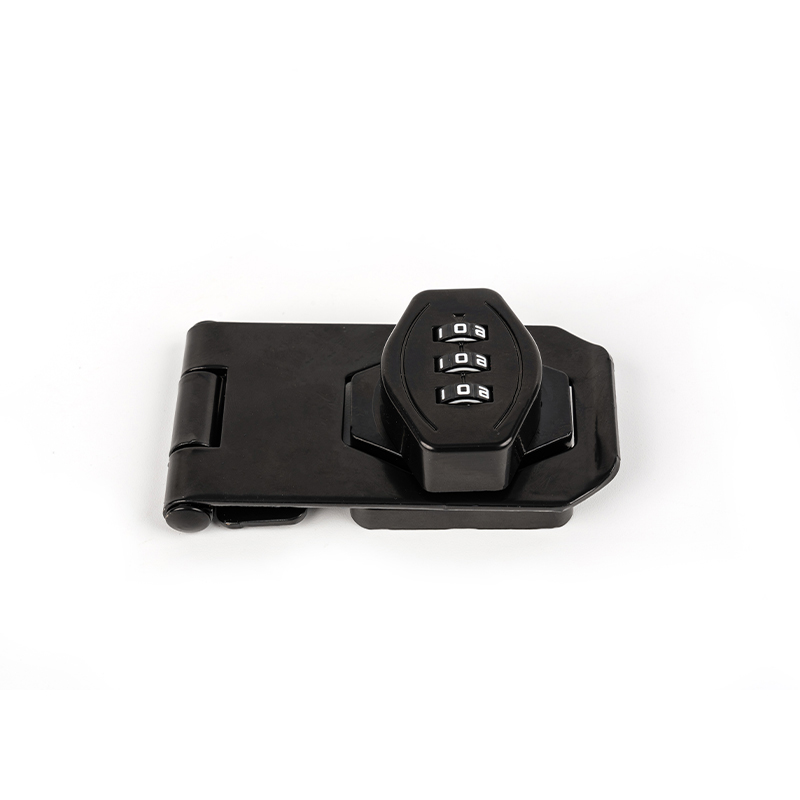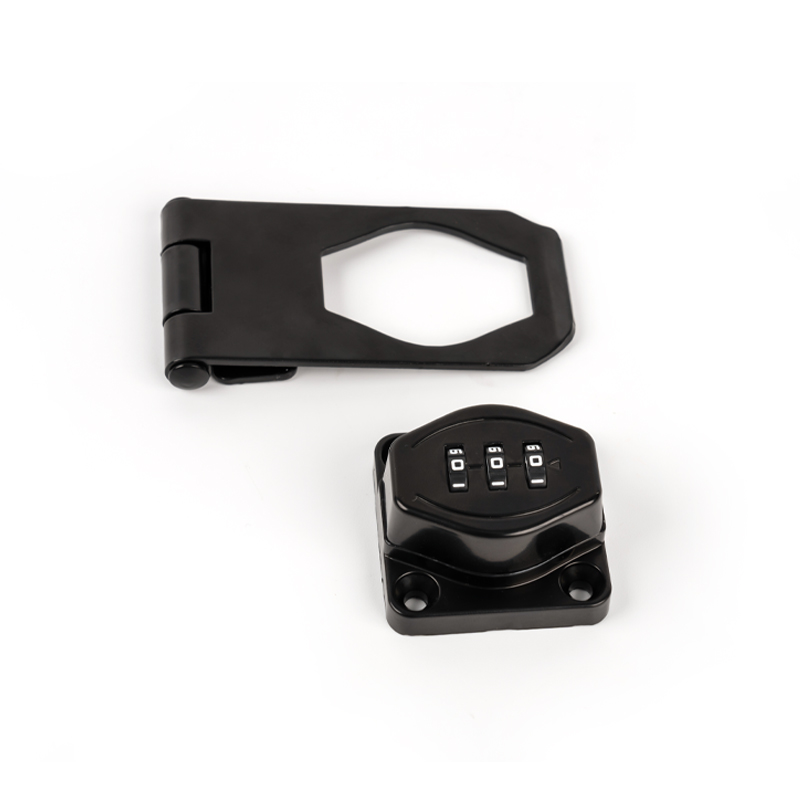As a common lock,
Cabinet Combination Lock is widely used in various scenarios in modern life, including offices, schools, homes, etc. As a tool to protect valuables and privacy, Cabinet Combination Lock not only requires beautiful appearance, but also requires a high degree of safety and stability in design, materials and manufacturing processes.
First, let’s take a closer look at the materials used in the Cabinet Combination Lock. Generally speaking, this kind of locks will use high-strength materials, such as stainless steel, alloy, etc. These materials have excellent corrosion resistance and can maintain the stability of the lock body in humid or harsh environments. The high corrosion resistance of stainless steel allows the Cabinet Combination Lock to maintain a fresh appearance over long periods of use and is not easily affected by the external environment.
In addition, alloy materials often have excellent hardness and strength and can withstand external impact and shear forces. In the design of Cabinet Combination Lock, these materials are selected to improve the damage resistance of the lock body and increase overall safety. By using high-strength materials, the lock body can better withstand external forces and prevent potential theft.
The manufacturing process is also a key factor in ensuring the stability of the Cabinet Combination Lock. Modern manufacturing processes use many advanced technologies, such as CNC machining, laser cutting, etc., to ensure the accuracy and consistency of lock body parts. These precise manufacturing processes can avoid instability caused by deviations between parts and improve the assembly accuracy and performance consistency of the lock body.
When designing Cabinet Combination Lock, structural engineers usually consider the needs of different application scenarios. The structural design of the lock body must be stable enough to adapt to various usage environments. Strengthening the lock cylinder structure and adopting complex internal mechanism design are to increase the difficulty of cracking and improve the overall protection. This design concept helps ensure that the lock body maintains stable performance in the face of external impact and violent cracking.
Special surface treatment technology is also an important part of the stability of Cabinet Combination Lock. Electroplating, anodizing and other treatments can improve the surface hardness of the lock body, increase wear resistance, and extend the service life of the lock body. These surface treatments can also beautify the appearance of the lock body and make it more in line with modern aesthetic standards.
On the other hand, the stability of Cabinet Combination Lock is also subject to the use and maintenance of the lock. Regular cleaning and lubrication are important steps to maintain the stability of the lock body. Proper use of combination codes, avoiding external impacts, and avoiding exposure of the lock body to extreme environments are all matters that need to be paid attention to in actual operations to ensure the stability of the Cabinet Combination Lock.
Overall, the stability of the Cabinet Combination Lock is achieved through comprehensive consideration of design, material selection, and manufacturing processes. This kind of lock not only meets the basic safety functions, but also ensures that users can still enjoy a high degree of safety and stability during long-term use through special design and technology. When purchasing a Cabinet Combination Lock, knowing what makes it special will help you choose a high-quality product that suits your needs.



